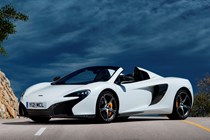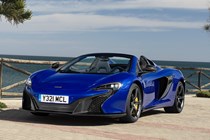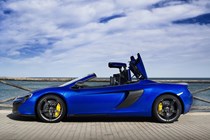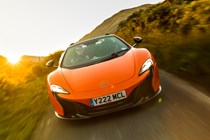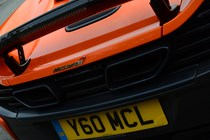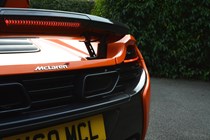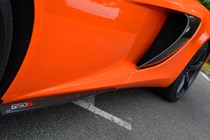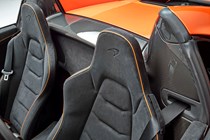McLaren 650S Spider Convertible (2014-2016) running costs and reliability
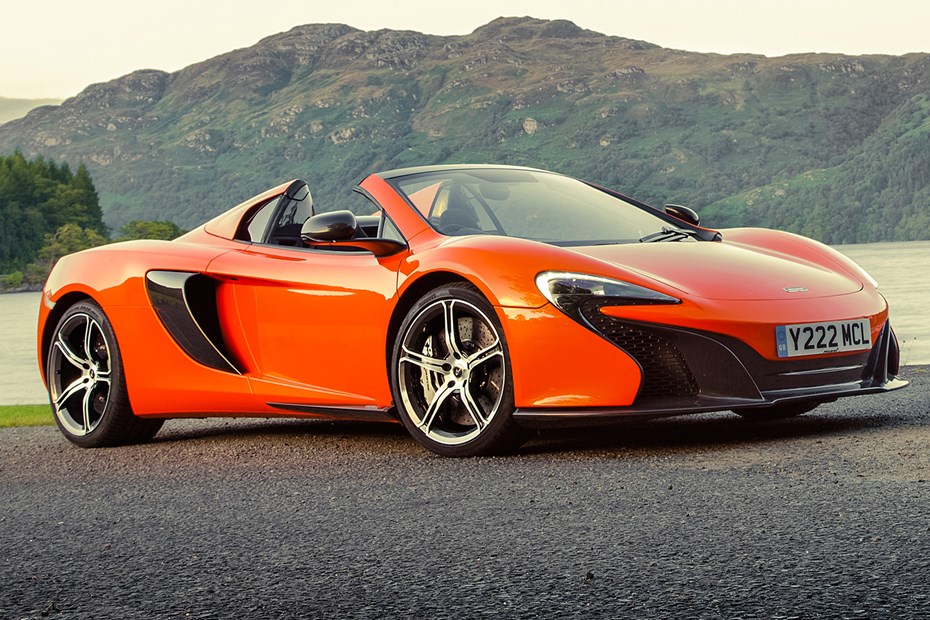
Miles per pound (mpp)
Fuel economy
- Fuel consumption enough to be considered reasonable
- Cheaper to run cars in the McLaren line up
- Option carbonfibre won’t be cheap to replace
Put it this way, there’s no eco special in the 650S model line-up, but cars that cost this much money are likely to attract buyers that can more than afford supercar running costs.
It’s not terrible though – McLaren reckons 24.2 mpg is possible (expect lower figures if you regularly give it the beans though) although a CO2 output of 275g/km means you’ll pay the top-rate of VED tax, which stands at £515 at 2016/17 rates.
Carbon ceramic brakes will last the lifetime of the car (Says McLaren) but you can expect to go through tyres reasonably regularly, especially if you take it on a track.
It’s easy to get carried away with the optional carbonfibre but it might be worth restraining yourself from putting it in areas that are likely to get knocked or scraped in car parks.
The headline figure – 275g/km of CO2 – doesn’t exactly paint the McLaren 650S as a particularly green car but taken in context, it’s not too bad at all.
Consider that this is a 650hp supercar that can squash 100mph from a standstill in the time it takes someone in a hot hatch to reach 62mph and the numbers don’t seem so bad.
- Hard to tell considering McLaren’s short history
- Cars are hand-build in near-laboratory conditions
- Low productions numbers means plenty of scrutiny
There isn’t a lot of anecdotal evidence around McLaren Automotive’s reliability because, in short, the company hasn’t been building cars for very long.
That comes with its advantages though. The 650S Spider is built within an ultra-modern factory that is more like a laboratory than a place where cars are screwed together.
The twin-turbo V8 is used in all McLaren cars (albeit with some different components) which suggests this maker has great faith in its powerplant.
Your car will also be rigorously checked over before it leaves the factory and McLaren’s low production numbers means it can spend a good deal of time making sure everything is up to spec.
Ongoing running costs
| Road tax | £760 |
|---|---|
Get an insurance quote with

|
|



